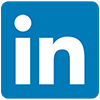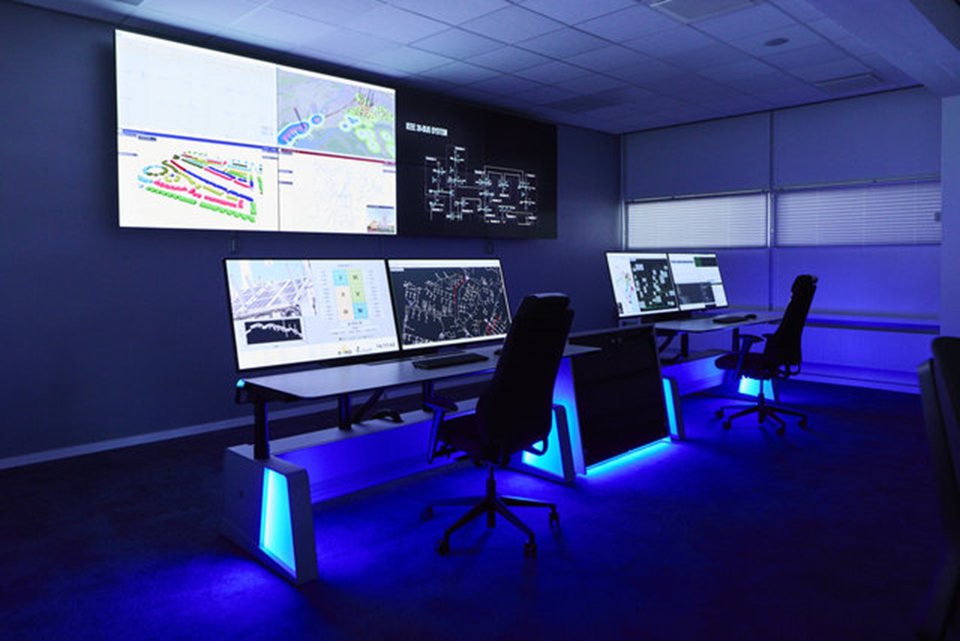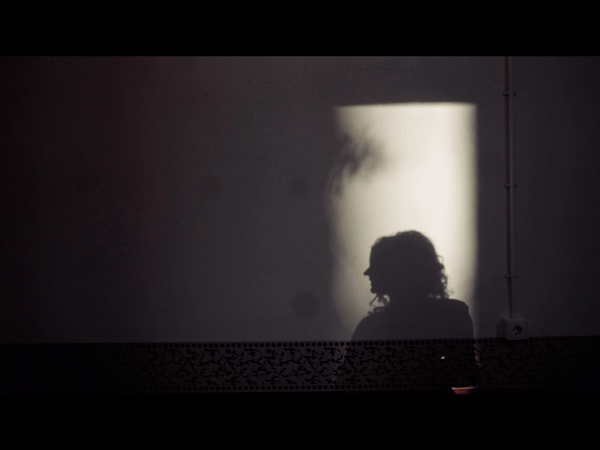How amazing is it to find yourself in an exotic underwater location and admire the beauty of the coral… But just as amazing as some pieces of coral are, just as disappointing it is to see how much of it fades and dies. That was the reason that Systems Engineering, Policy Analysis and Management student Arend Viëtor spent his minor in Mexico to research this.
The coast of Mexico's Riviera Maya is surrounded by the Mesoamerican coral reef. The rising water temperatures and human waste are the cause of more and more coral to perish. If this problem is not addressed, there is a chance that all coral will be gone by 2050. This has a huge effect on not only marine life but also life on land. Coral absorbs CO2 and naturally protects the coast against major storms. A team of passionate TU Delft students travelled to Mexico to start up the Reefiera Maya project; a project aimed at developing breakwaters, large blocks in the sea, which are supposed to protect the coast and ensure the new growth of coral.
How did you get involved in the Reefiera Maya project?
During my bachelor I chose the minor “International Entrepreneurship and Development” of the TPM faculty. During this minor I was assigned to a group of students that would conduct a project abroad. This project was set up in collaboration with a local company and local population to achieve real results on location. I was assigned with four other students to this project in Mexico. The local company we worked with was Reefy, a Delft start-up that designed the first modular artificial coral reef, a so-called “breakwater”. Reefy's breakwaters serve a dual purpose: the large concrete blocks are stable enough to withstand waves for coastal protection and simultaneously create a new and complex habitat for marine life.
Why is this project necessary?
With our research we contributed to combating coastal erosion and restoring coral reefs. During our research, we focused on finding out on which materials were best for coral to grow on. Our research results could later be used to design the breakwaters.
What was the biggest motivator for you to get involved with this project?
My biggest motivation was that I wanted to conduct a project abroad and get to know other cultures. I also thought it would be interesting to carry out a practical project in which I would not only be writing reports, but also actually physically carry out research. That is why I chose this minor and became involved in this research.
What was your research question and how did you answer it?
One of our research questions was: which type of concrete produces the most growth of incipient coral? To answer this, we fabricated small blocks of concrete with different properties in collaboration with a local concrete factory. One had a pattern on top, the other was covered with shells, etc. Using PVC pipes, we created a structure that we attached the concrete blocks to with tie-wraps. Experienced divers helped us to place this set-up in the sea and leave it there for months to study. To monitor progress, we dived into the blocks a month later to see how the blocks were developing. Unfortunately, we returned to the Netherlands before the final conclusion could be drawn, but Reefy can use the results to further develop their product. A benefit was that we also had to dive for the research ourselves, so we all followed a diving course in Mexico. It was certainly impressive to observe ourselves the difference between healthy and dead coral and it motivated us to get the project on track as well as possible.
Can you tell us more about the fieldwork project?
Our project consisted of three parts.
- To begin with, we had to conduct interviews with owners or managers of major vacation resorts. They were very important because they had the financial resources to purchase the breakwaters needed to protect the coast and coral. During the interviews we found out what the wishes and requirements of resorts were, how much they were willing to pay for it and how breakwaters could best help them. For example, by widening their beach. With all this information, we drew up a business plan for Reefy for the future.
- The second part of the project was to create images of the objects that were already being used by some resorts to prevent coastal erosion or to promote coral life. We made videos and photos of this while snorkelling with underwater cameras. Afterwards, we analysed the images to see where there was room for improvement.
- The third part consisted of conducting an experiment with different blocks of concrete. We tested on which type of concrete the most coral could grow by placing an experiment in the sea and monitoring which type of material was best for coral growth during our trip.
What was the main focus of this project?
Before we went to Mexico, I spent the first two months in the Netherlands preparing the project. That consisted of a lot of planning, consultation, emailing and calling with different people. We needed companies that could provide us with the necessary materials for our experiment and also experts that could provide us with information. Because my studies have little to do with biology and marine life, I learned a lot in the first months, for example, about the development of coral.
When we arrived in Mexico, we met the people we had already spoken to while in the Netherlands. It immediately became time to implement our plans, or rather: to discover what we had to adjust in our plans. We found out that some stores couldn't deliver what we expected and a lot of stuff was more expensive than we budgeted for.
A large part of the project took place at a research location of the local university. There we set up our experiment and had to test whether our concrete blocks were not toxic. Fortunately, many tests showed that they were safe enough to be placed in the sea in the research area. Once the experiment was placed in the sea, it was a matter of waiting and keeping track of how the concrete blocks developed by diving periodically to the spot.
For another part of the project, we had to map out where objects had already been placed in the sea to break the waves. We wanted to take underwater photos of those objects to see how they could be improved. That was a fun challenge in which I searched large parts of the coast with Google Earth in search of dark lines in the sea, which are often man-made objects. With all those points I made a route along the coast. The next day we got into a fishing boat with snorkel gear and asked the captain to take us to the places we found. There we could snorkel for a few minutes at each spot and make good videos.
What was your role in this project?
In the team of five students, everyone was responsible for a certain part of the research. I was responsible for analysing the existing objects in the water to see how they could be improved. But, since almost everything required multiple hands or brains, we just about did everything together.
Which parts of your bachelor could you apply to project?
My bachelor Systems Engineering, Policy Analysis and Management came in handy in this research project, partly because we had to deal with many different parties. We had to consider the interests of the various resorts and companies in many discussions and plans. During this process, I found that many of my communication skills and collaboration experience certainly came in handy. We also had to take into account the existing regulations, such as: what requirements do you have to meet before you can place large concrete objects in the water? How close to the water surface can you build and how do you check that you do not disturb the breeding grounds of sea turtles? These politically sensitive subjects were also familiar to me and I was able to deal with them in the correct manner.
Which topics did you miss from your education?
Of course, during this project I came in contact with a lot of topics that I was not familiar with from my programme. For example, I learned how coral grows, how to set up an experiment in the sea and of course a lot of practical things that you easily overlook in lecture halls until you apply something in practice.
What is the most important thing you have learned?
As expected, it took a lot of getting used to working in a different country, climate and culture at the beginning. In Mexico they have a different eating and working rhythm, which meant that people from the concrete company would sometimes work until 10 p.m. in the first few weeks. Mexicans also liked to visit us at home instead of at the office. This was something our entire team had to get used to. The most important thing I learned was to change plans often and quickly. I am an organized person and like to execute things exactly as I have planned, but that was not possible here. Fortunately, I turned out to be more flexible than I expected and I was able to come up with creative solutions most of the time.
What was the biggest challenge?
One of the biggest challenges was reaching the right people without speaking Spanish. For our research, we wanted to talk to many resorts, but as soon as the representatives would meet with people that did not speak Spanish, they would cut off contact immediately. Fortunately, in the first weeks we received a lot of help from a Mexican supervisor who was willing to act as an interpreter at many occasions.
Another big challenge was estimating and raising enough money to carry out the project. We received part of the budget from Reefy, but we had to raise most of it ourselves. We received money through Students4Sustainability, but after we arrived in Mexico that was still not enough. That is why we started crowdfunding, hoping to be able to carry out the project in its entirety. We achieved our financial goal and were able to at least complete the project for ourselves. It was very nice to be here with the five of us and not to face setbacks all by myself. This way we were able to find new creative solutions to common challenges while having fun doing so.
What did you enjoy most?
During this project I really enjoyed snorkeling and diving among the coral. On one of the snorkeling trips we could clearly see the difference between healthy coral and coral that slowly faded away. Even though I really enjoyed how beautiful it was over there, at the same time I also saw up close how bad things were at some locations in the sea. That gave me extra motivation to dedicate myself to this project.
How will the project proceed?
At the end of January we returned to the Netherlands and completed our research. After that, Reefy would continue with our results. With our research, they can improve the prototypes of their breakwaters and protect the coast and coral in the future; in Mexico and hopefully in other places in the world.

Arend Viëtor
Programme:
BSc Technische Bestuurskunde













